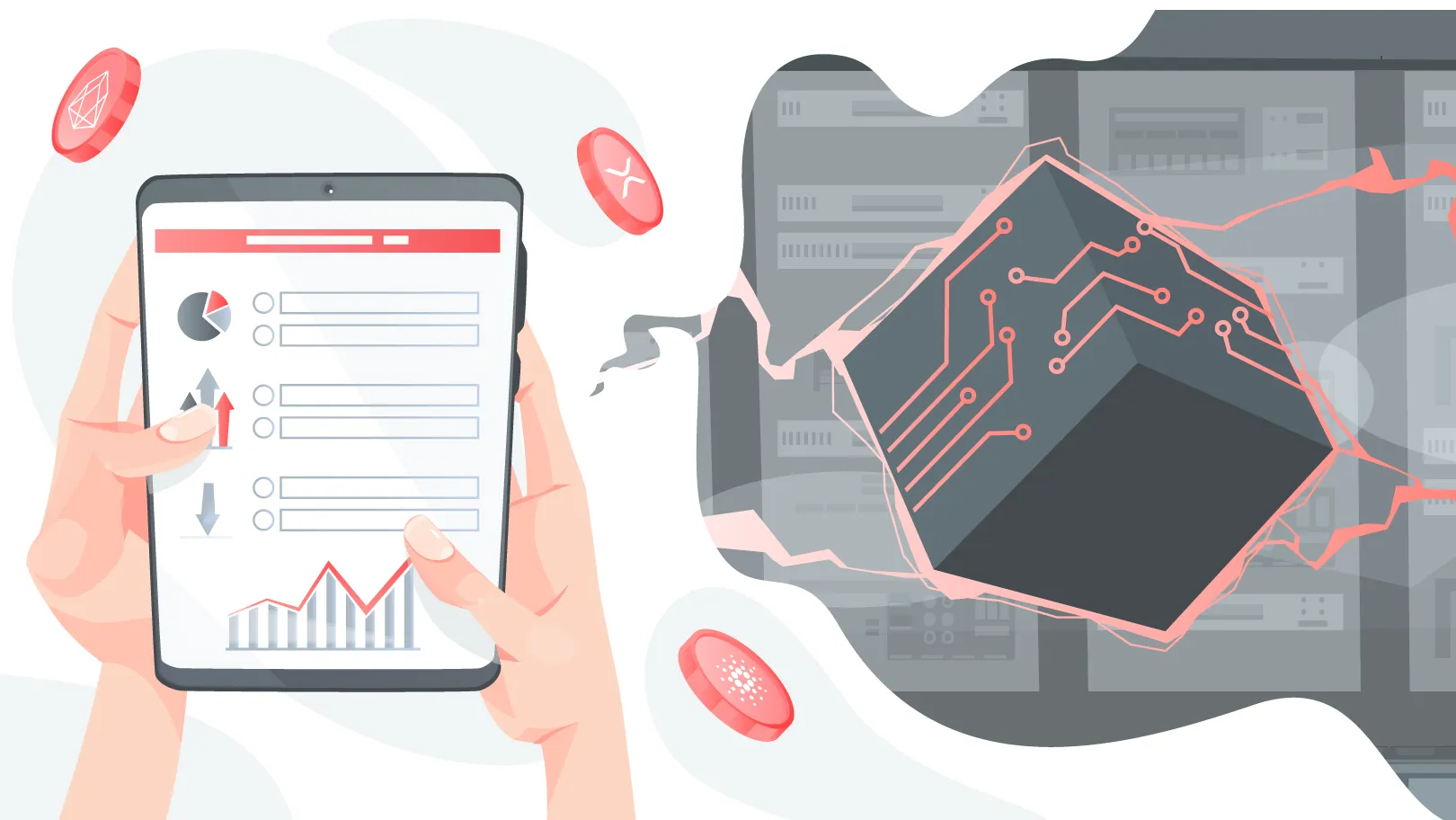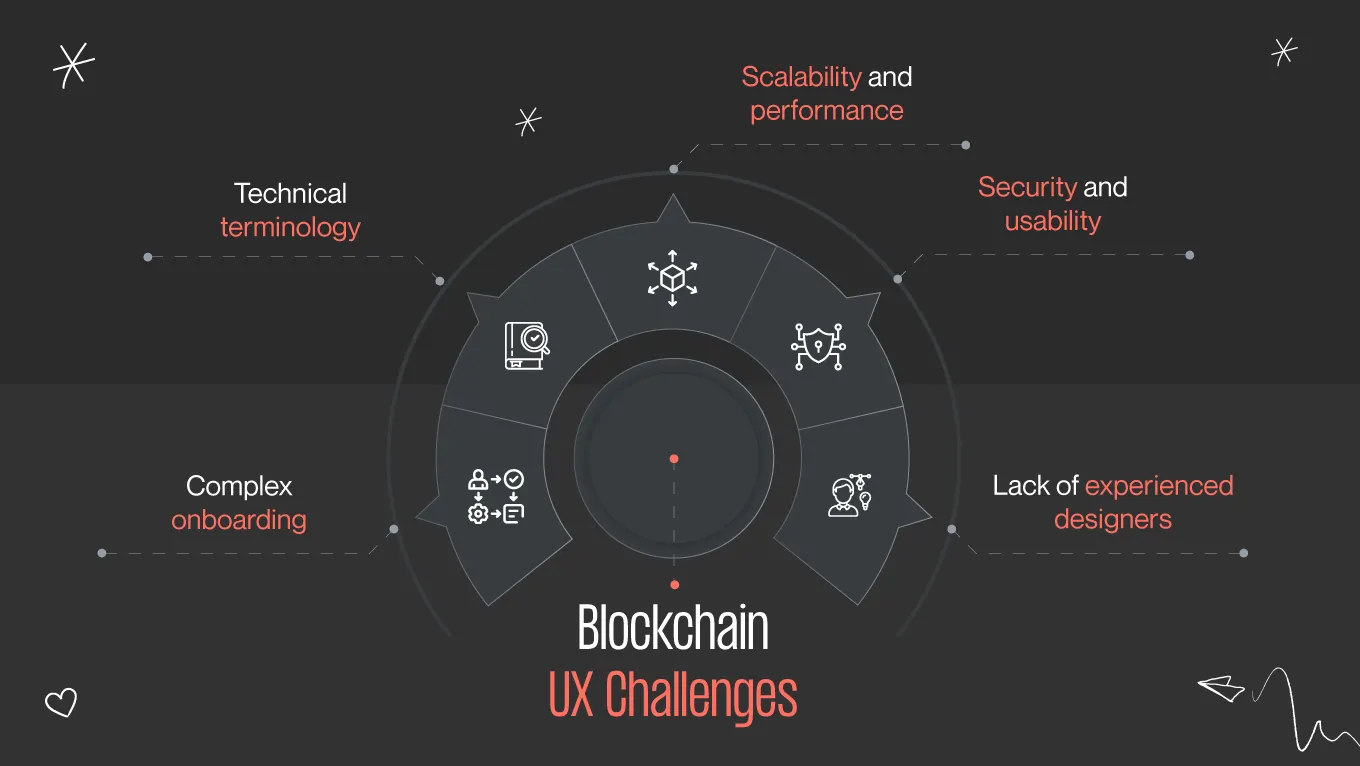40 million of people worldwide use blockchain technology, offering new possibilities for secure transactions, decentralized systems, and digital asset management. Blockchain technology revolutionized various industries, offering new opportunities for certain transactions, decentralized systems, and digital asset management. Blockchain UX design ensures users can navigate, understand, and interact with these complex systems. Stay tuned to learn about the importance of innovation in the blockchain industry!











